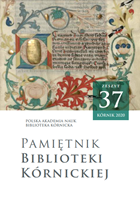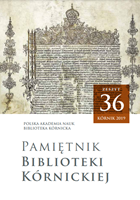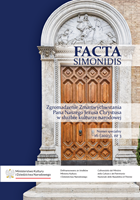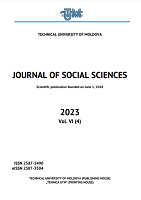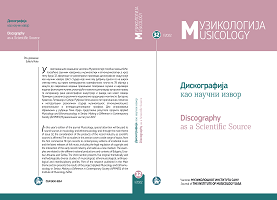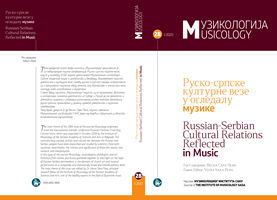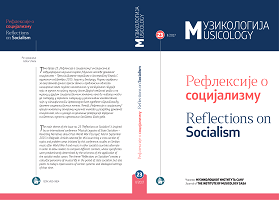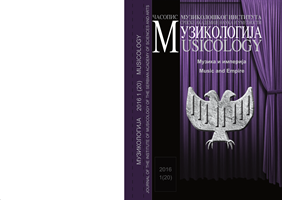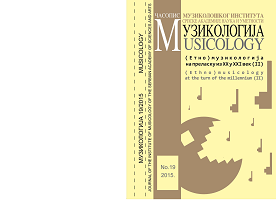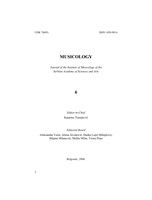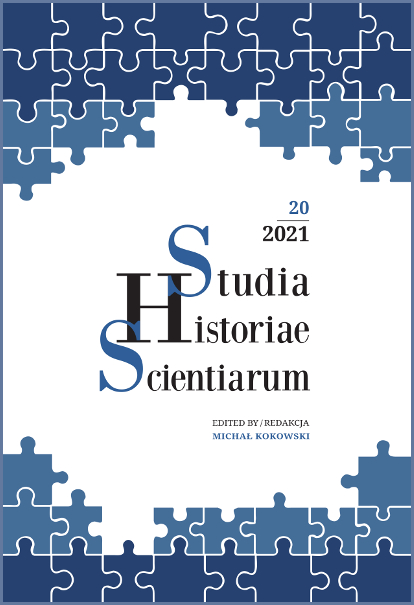
The impacts of architecture and decorative arts on health based on medical sources in the Muslim societies during the medieval era
This article aims to provide a historical overview of the impact of architecture and decorative arts on health and health preservation in Muslim societies during the medieval era. Based on primary medical sources, this article provides a historical interpretation of the theoretical origin of the ignored link between medicine and architecture (and decorative arts). Our findings indicate that some empirical results concerning the effects and aspects of built environments (architectural spaces) on health and treatment–both physical and mental– have been considered in the medical sources. Practical instructions of these sources introduced two theoretical achievements: 1) an introduction to the historical knowledge of environmental health and design of healthy places, and 2) a comparative analogy of the built environment and human nature (organism), which became a theoretical basis for the relationship between natural sciences, architecture, and the decorative arts in the middle ages. Considerations of the study show the extent to which architects and artisans, based on the teachings and instructions of physicians, dealt with the structural and content adaptation models of architecture and decorative arts to human organism and nature.
More...
